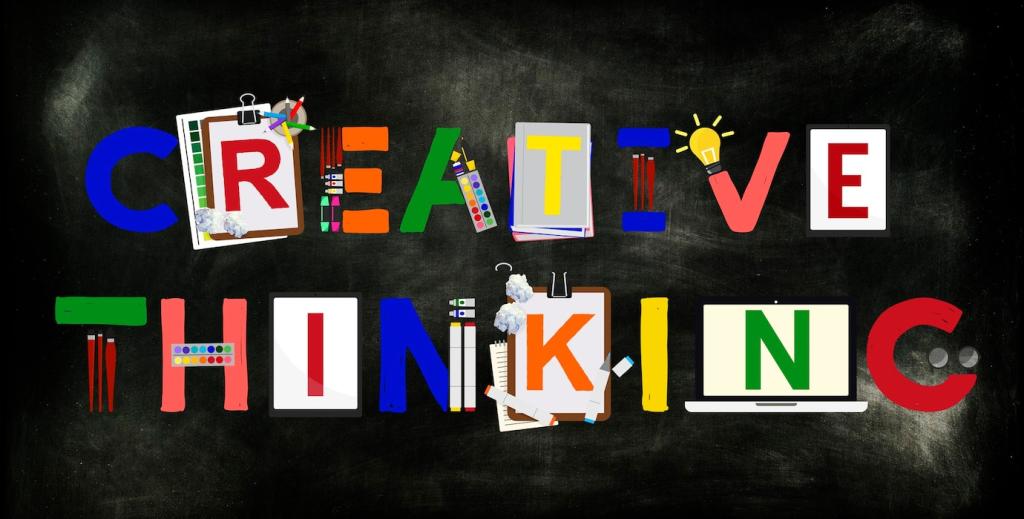Virtual Reality in Professional Training
Today’s chosen theme: Virtual Reality in Professional Training. Step into immersive learning where practice feels real, feedback is instant, and skills transfer sticks. Explore stories, evidence, and practical steps you can use. Share your goals, ask questions, and subscribe for fresh, hands-on insights.


Immersion That Makes Practice Memorable
VR places learners inside realistic scenarios where their choices matter, creating emotional stakes that drive recall. When people feel present, they make better decisions and remember lessons longer. What moment would you simulate to make a first day on the job feel safe and impactful?

Rehearsal Without Real-World Risk
From confined-space entries to high-voltage maintenance, trainees can practice complex tasks repeatedly without danger. Safe repetition builds muscle memory and judgment. Share a risky, rare, or costly scenario you’d like your team to rehearse virtually before facing it in the field.

Evidence of Faster, Deeper Learning
Independent studies report that VR learners often complete training faster, feel more confident, and retain knowledge longer than traditional approaches. That combination is powerful for high-stakes roles. Comment with one capability you’d want to accelerate this quarter, and we’ll explore VR fit.
Safety Training That Sticks
Hazard Recognition in 360 Degrees
Learners move through simulated sites spotting missing guards, trip hazards, poor lockout procedures, or blocked egress. Timed decisions and subtle cues elevate attention. What hazards are most frequently missed in your audits? Share them, and we’ll suggest VR scenarios to address the gap.
Incident Response Under Pressure
Practicing spill containment, evacuation routes, and first-response protocols in a lifelike environment builds calm, decisive action. Auditory and visual stressors train focus. Tell us which emergency drills are hardest to schedule, and we’ll show how VR can make them routine and measurable.
From Near-Miss to Teachable Moment
A manufacturing client recreated a near-miss forklift incident in VR, letting teams replay choices safely. Discussions turned defensive habits into proactive scanning. Have a near-miss you can anonymize? Contribute it, and help the community learn before accidents happen.

Difficult Conversations Without Real-World Fallout
Leaders practice delivering tough feedback, handling objections, and listening under pressure. Virtual characters react to tone, timing, and body language. Which conversation do you postpone most often? Share it, and we’ll explore a branching path that strengthens your confidence.
Customer Empathy and Service Recovery
Retail and hospitality teams rehearse service recovery with upset customers, trying different strategies and seeing immediate outcomes. Subtle phrasing shifts perceptions. Where does your team struggle—apologies, policy boundaries, or escalation? Tell us and we’ll recommend immersive role-plays to try.
Bias Awareness Through Perspective-Taking
Perspective-switching scenarios help teams experience interactions from different viewpoints, revealing micro-behaviors that shape inclusion. Reflection prompts turn insight into habit. Interested in culture-building through practice? Comment “perspective” and we’ll share a case study on measurable shifts.
Measuring Impact: Data, Dashboards, and ROI
Telemetry That Illuminates Skill Gaps
Scenario data reveals where learners hesitate or repeat errors, guiding targeted coaching. Over time, patterns predict readiness. Which metrics would convince your stakeholders—time to competency, error reduction, or incident rates? Share priorities so we can tailor reporting suggestions.
From Pilot to Proven Program
Start with a small, high-value scenario and clear success criteria. Compare outcomes to existing methods, then scale with confidence. What pilot would move the needle fastest for you? Post your idea, and we’ll outline a lightweight evaluation plan to validate results.
Linking Practice to Performance
Integrate LMS, LRS, or HRIS data to correlate VR practice with field KPIs: quality scores, ticket resolution times, or safety incidents. Interested in templates for these connections? Ask for our integration checklist, and we’ll share best practices learned in the field.


Getting Started: Hardware, Content, and Change Management
Consider comfort, field of view, hand tracking, mobility, and IT manageability. Match device capabilities to your scenarios rather than chasing specs. What’s your environment—desk, shop floor, or remote? Comment with constraints, and we’ll suggest a shortlist you can test quickly.
Getting Started: Hardware, Content, and Change Management
Start with off-the-shelf safety or soft-skills modules, then customize high-impact procedures. A blended approach balances speed and specificity. Which content category feels urgent today? Tell us, and we’ll point to resources to accelerate your first release without sacrificing relevance.
